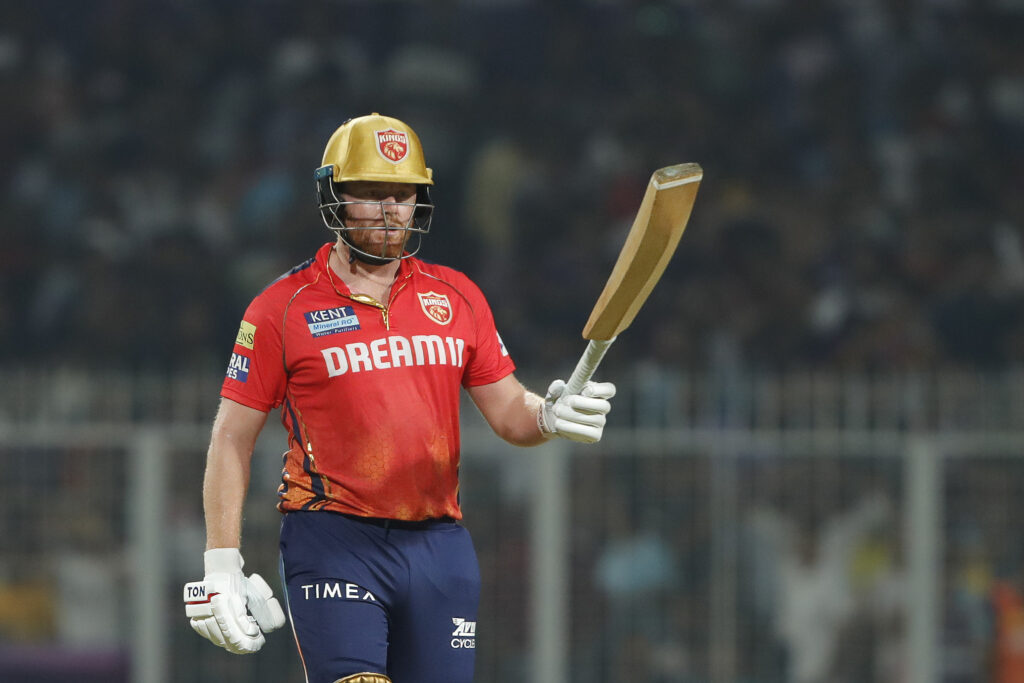
Midway into the Kolkata Knight Riders versus Punjab Kings game at Eden Gardens on Friday, Ravichandran Ashwin came up with a cheeky post on his X handle: “’Save the bowlers’ someone plsss SOS”.
Out there in the middle, it was carnage. KKR scored 261/6. PBKS chased it down with eight balls to spare, winning by eight wickets. A total of 523 runs had been scored on an Eden Gardens belter, a T20 record. A record 42 sixes were hit in the game.
“Save the bowlers” someone plsss
🆘🆘🆘 #KKRvsPBKS #IPL2024— Ashwin 🇮🇳 (@ashwinravi99) April 26, 2024
The game wasn’t a case in isolation. After 46 matches in IPL 2024, there have been 29 instances of teams posting 200-plus totals. On eight occasions, teams have scored 250 or more in an innings. More than 800 sixes have been hit and the batters are holding sway, at the expense of a fair contest between bat and ball. Ashwin’s post was a natural reaction from a bowler who has had been at the receiving end of a lopsided trend.
This might have sparked a debate, but the situation is unlikely to change. Pitches in this format aren’t going to be prepared in a way that gives the bowlers some respite. “There are two things; cricket has changed and the shortest format of the game is purely entertainment,” Eden Gardens pitch curator Sujan Mukherjee told RevSportz.
“Modern-day T20 cricket is like that. Batsmen, even the youngsters, can muscle the ball a long way. Modern-day bats facilitate their power-hitting. Good pitches are being prepared all over the country. Curators no longer prepare designer pitches,” he said.
But why are the surfaces so lopsided in favour of the batters? “See, T20 cricket is purely entertainment. Spectators come to see fours and sixes. If you want an equal contest between bat and ball, then there’s Test cricket,” Mukherjee replied.

At the same time, he spoke about how good bowlers would still make their presence felt. “Who said the pitch (for the KKR versus PBKS game) didn’t have anything for the bowlers? There was bounce. A few deliveries turned. Some of the slower balls from the fast bowlers gripped on the surface. Sunil Narine conceded just 24 runs off his four overs on the same pitch. How did he do that? You have to bowl well. If you bowl an assortment of half-volleys and half-trackers, you will be punished,” Mukherjee was categorical.
The need of the hour is to change the mindset. “Gone are the days of 130ish totals. Modern-day batsmen go after the bowling right from the outset. They are powerful enough to do that. The bowlers will have to adapt. Failing to do that will see you fall by the wayside. You have to learn the art of bowling on good pitches, against marauding batsmen,” said Mukherjee, who played Ranji Trophy for Bengal.
Modern-day T20 batting has a similarity with baseball in its free-swinging style. Coaches like Julian Wood, who spent time observing the training methods and biomechanics associated with baseball, have been working with IPL franchises. Even in training sessions, focus has shifted mainly towards range-hitting. No wonder then that those who play conventional cricket have been struggling and going at sub-150 strike-rates. They are increasingly becoming outdated in this format.
As Mukherjee said, high-scoring T20s are here to stay and the bowlers will have to find a way to deal with that. The template of scoring quickly in the Powerplay followed by rebuilding in the middle overs and then another charge at the death has become passé. The likes of Jake Fraser-McGurk, Travis Head and other merry-hitters have been showing how, batting-wise, modern T20 cricket is about living by the sword and dying by it for all 20 overs. There is no room for the fear of failure.
Also Read: Jacks’ ton, Kohli’s class take RCB home against Titans



